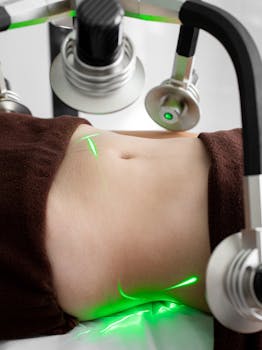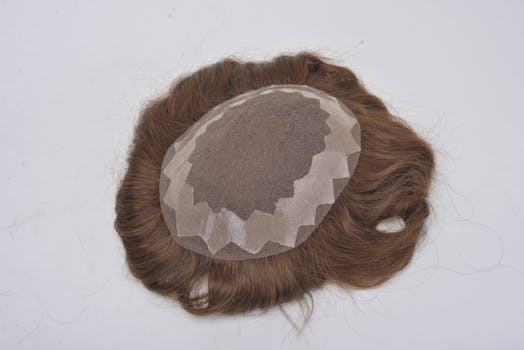Deciding on a surgical lifting procedure involves both aesthetic and financial planning. When budgeting for facial surgery, knowing the smas lifting price helps you plan for surgeon fees, facility costs, anesthesia, and recovery expenses. This guide breaks down the typical cost components, factors that influence price, and practical tips to evaluate value versus expense so you can make an informed choice.
SMAS lifting prices: typical ranges and what affects them
SMAS (superficial musculoaponeurotic system) lifting is a more advanced facelift technique that targets deeper tissue layers for longer-lasting results. Typical smas facelift cost ranges widely: in many regions, patients see fees from the low thousands to over ten thousand dollars. Exact numbers depend on surgeon experience, geographic location, facility type, and the complexity of work needed—additional procedures like neck tightening or fat grafting add to total cost.
Major cost components
- Surgeon’s fee: This is usually the largest portion and rises with the surgeon’s expertise and reputation.
- Anesthesia: Licensed anesthesiologists increase safety but also add to the bill.
- Operating facility: Accredited surgical centers or hospitals cost more than physician offices.
- Pre- and post-operative care: Consultations, imaging, follow-ups, and any necessary medications or compression garments.
- Additional procedures: Combining a SMAS lift with chin augmentation or eyelid surgery increases overall price.
Where geography and provider choice change the total
Urban centers with high demand typically list higher smas lifting price points than rural areas. Choose a board-certified plastic surgeon or facial specialist for safety and outcomes—cost savings from an uncertified provider can result in higher long-term expenses if revisions are needed. Ask for itemized estimates and compare them rather than focusing solely on a single overall figure.
How to evaluate quoted prices
When you receive a quote, confirm what’s included: facility fees, follow-up visits, revisions, and emergency care policies. Request before-and-after photos of similar cases and inquire about complication rates. Consider the total value: a slightly higher smas facelift cost may be justified by better outcomes, fewer revisions, and stronger safety protocols.
Financing, insurance, and realistic budgeting
Most cosmetic SMAS lifts are elective and not covered by insurance unless there is a documented medical need. Many clinics offer financing plans, medical credit lines, or payment schedules. Build a budget that includes an emergency buffer for unexpected post-operative needs and time off work. If you are interested in minimizing environmental impact while caring for your skin during recovery, you may find helpful tips in this descriptive anchor text.
Risks, recovery time, and long-term maintenance
Recovery can take several weeks for swelling and bruising to subside; full settling of tissues often takes months. Discuss potential risks—nerve injury, infection, asymmetry—with your surgeon. Long-term maintenance may include skincare, sun protection, and non-surgical touch-ups (like lasers or injectables), which add to lifetime costs but can prolong surgical benefits.
Alternatives and combination strategies
Some patients choose less invasive options to defer or complement surgery: thread lifts, concentrated energy devices, or neuromodulators can offer temporary improvements at lower upfront cost. Others combine procedures to achieve comprehensive results in a single anesthetic event, which can be cost-effective compared to multiple separate operations.
Where to find reliable information
Look for reputable sources when researching procedures and price ranges. Professional society pages and peer-reviewed resources are useful; for a general overview of surgical procedures and considerations, a concise reference is available at the National Library-style overview: https://en.wikipedia.org/wiki/Rhytidectomy.
Making the final choice
Price is an important factor, but safety and surgeon skill should guide your decision. Schedule consultations with several board-certified specialists, come prepared with questions about experience, complication management, and follow-up care, and compare itemized quotes before committing.
- Takeaways:
- SMAS lifts vary widely in price—expect major cost drivers like surgeon fees, anesthesia, and facility charges.
- Higher smas facelift cost can reflect greater expertise and safety measures; evaluate value, not just sticker price.
- Plan for recovery costs and potential follow-up treatments when budgeting.
- Consult multiple qualified surgeons and request itemized quotes to compare properly.
Is a SMAS lift worth the extra cost compared with a superficial facelift?
Many patients find the deeper tissue repositioning of a SMAS lift produces longer-lasting and more natural results, which can justify a higher initial smas facelift cost. Discuss expected outcomes and longevity with your surgeon to decide if benefits align with your goals.
How long does recovery typically take after a SMAS lift?
Initial recovery often lasts 2–3 weeks for major swelling and bruising to improve, but complete settling can take several months. Return-to-work timing depends on job demands and your personal healing; follow your surgeon’s guidance for activity restrictions.






